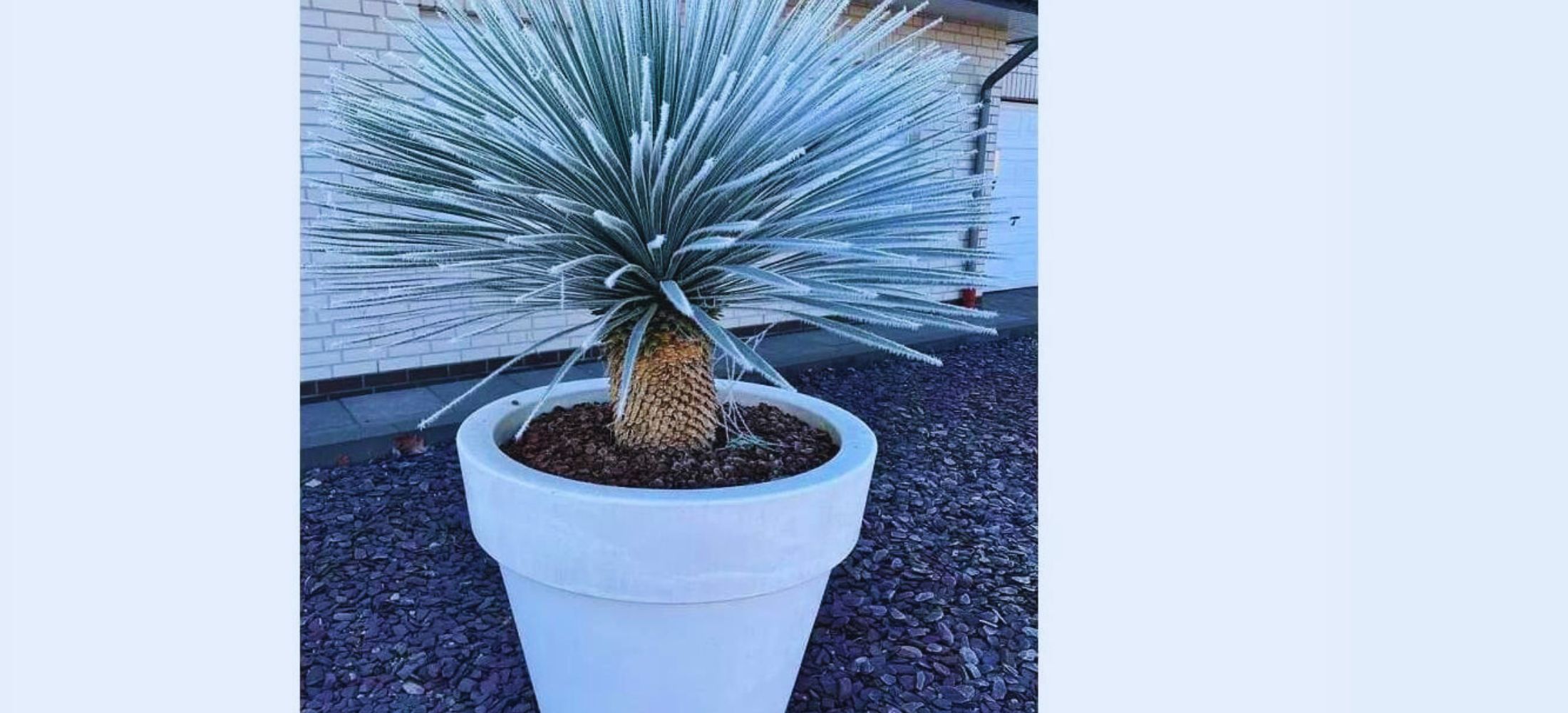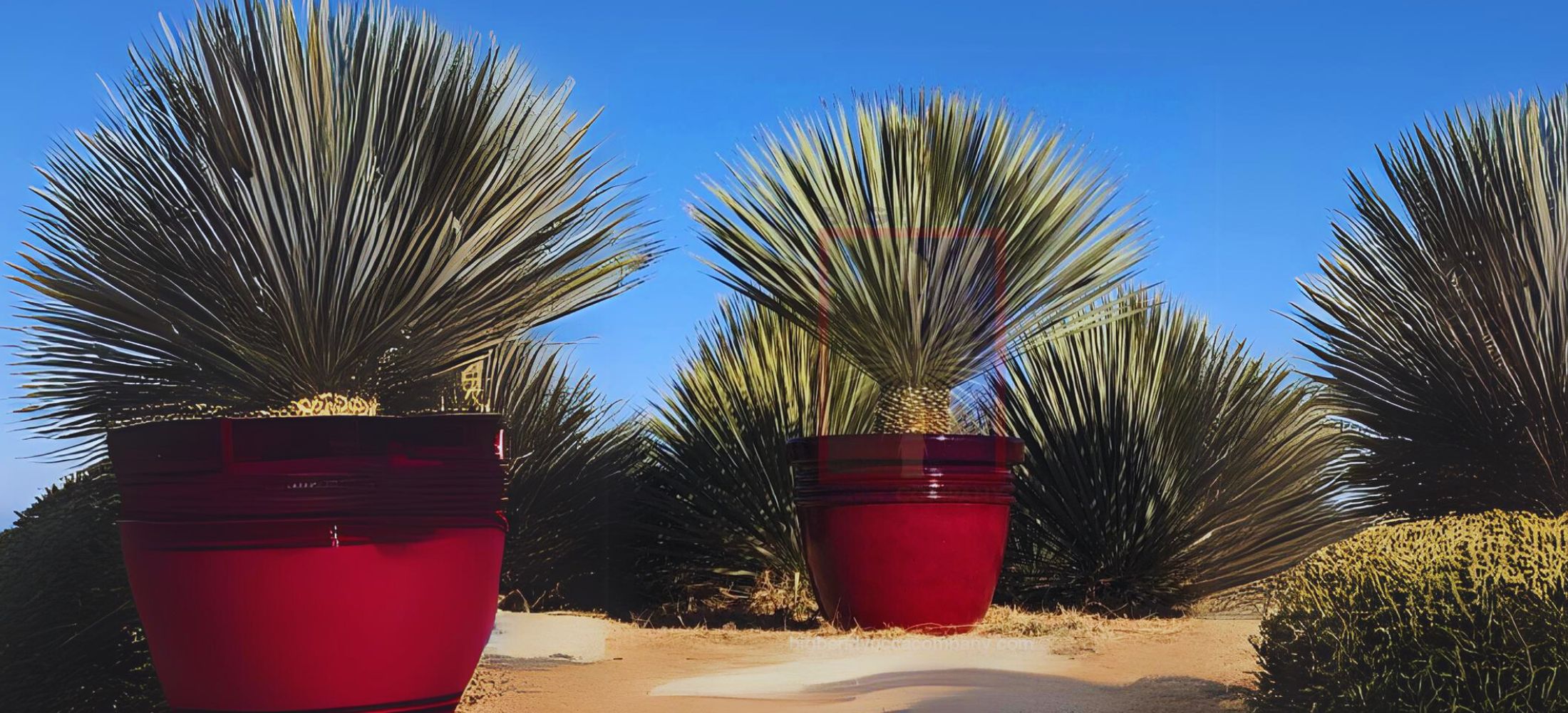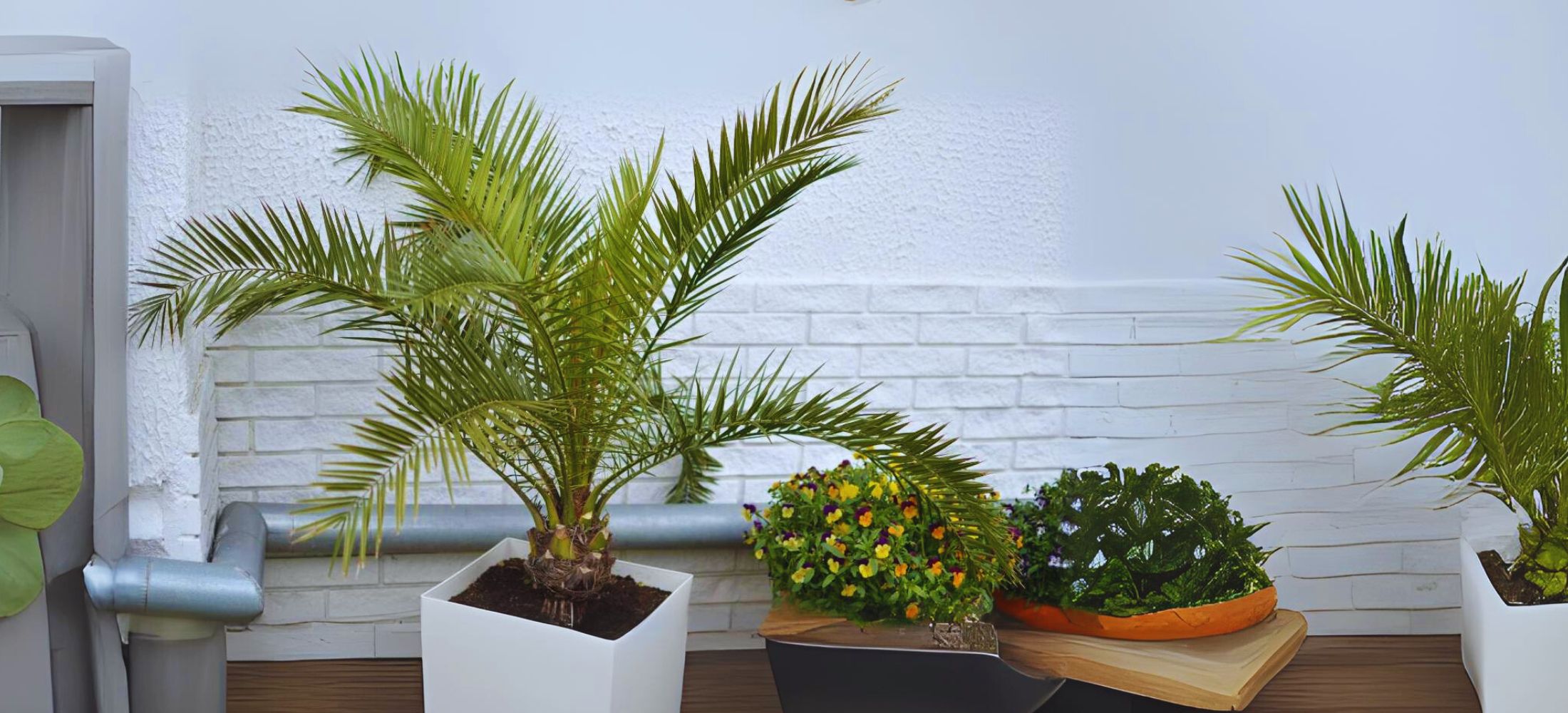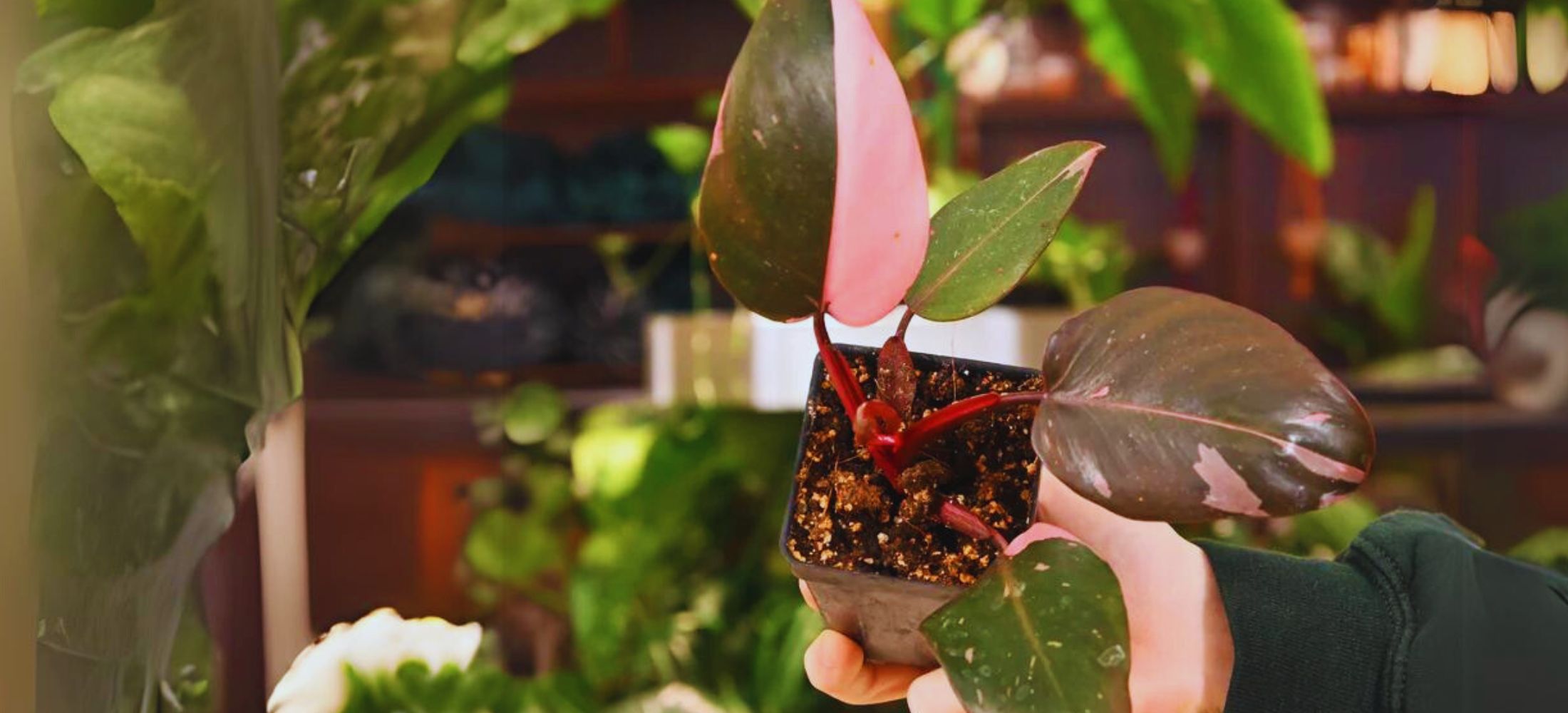The Big Bend Yucca (Yucca rostrata), moreover called the Beaked Yucca, is a lovable evergreen plant local to the southwestern United States and northerly Mexico. This placing species is a part of the Asparagaceae circle of relatives and is properly-loved by the usage of gardeners, landscapers, and plant fans alike for its particular appearance, resilience, and flexibility.
If you are thinking about which encompass a drought-tolerant, low-protection, and architecturally lovable plant for your collection, Yucca rostrata ought to be at the top of your listing. This article dives deep into its developments, growing necessities, uses, and different sorts to offer you with an in depth expertise of the Big Bend Yucca.
Overview of Big Bend Yucca (Yucca rostrata)

Yucca rostrata, normally called Big Bend Yucca or Beaked Yucca, is referred to as after its herbal habitat inside the Big Bend vicinity of Texas. It is characterized via its tall, narrow trunk that could amplify up to 15 feet high and its spherical rosette of slender, blue-inexperienced leaves. The leaves are inflexible, linear, and may benefit about 2 toes in length, developing a dramatic and sculptural look that stands out in any panorama.
The name “Beaked Yucca” comes from the specific form of the flower bud, which resembles a fowl’s beak. The plant produces setting, creamy-white plants that bloom atop a tall stalk, which consist of its aesthetic enchantment.
Habitat and Distribution
Yucca rostrata is actually placed inside the arid regions of Texas, especially the Big Bend National Park, similarly to in the northern parts of Mexico, along with Coahuila and Chihuahua. These regions experience immoderate temperatures and constrained rainfall, which makes Yucca rostrata an excellent preference for drought-tolerant and xeriscape gardens.
Physical Characteristics
Leaves
The leaves of Yucca rostrata are skinny, stiff, and pointed, developing in dense clusters that radiate outwards in a round sample. The bluish-green coloration of the leaves contrasts mainly with the brown or gray trunk, giving the plant a placing, sculptural look.
Trunk
Over time, Yucca rostrata office worked on an unmarried trunk which could expand numerous ft tall, making it a “tree-like” yucca species. The trunk is normally blanketed in a dense layer of vintage, vain leaves that form a shielding “skirt” across the base of the residing rosette.
Flowers
In the past due spring, mature Yucca rostrata produces a tall flower spike that could rise several toes above the plant’s rosette. The creamy-white plants form in clusters at the top of the stalk and are pretty appealing to pollinators like bees and hummingbirds.
Types of Yucca Rostrata and Related Species
Although Yucca rostrata is the maximum generally seen species, there are various related species and cultivars in the Yucca genus. Some noteworthy ones embody:
- Yucca thompsoniana: Often careworn with Yucca rostrata, this species is also neighborhood to the southwestern U.S. And has similar traits. However, Yucca thompsoniana tends to be shorter, with smaller leaves and a more compact growth dependency.
- Yucca rigida: Also called the Blue Yucca, this species is similar to Yucca rostrata however competencies have greater rigid and slightly wider leaves. The leaves also are a deeper blue color, making this species every splendid placing desire for xeriscaping.
- Yucca faxoniana: This is some other tall-growing yucca species, from time to time referred to as the Giant Dagger Yucca. It can increase extensively taller than Yucca rostrata, regularly sporting out heights of up to twenty feet.
Growing Conditions and Care Requirements
Soil Requirements
Yucca rostrata thrives in nicely-draining soil; it virtually is one of the most crucial elements in its care. The plant surely grows in rocky, sandy, and gravelly soils placed in arid areas, making it instead tolerant of terrible soil situations.
Light Requirements
As a wilderness plant, Yucca rostrata calls for plenty of daytime to thrive. It should be planted in a place that receives complete sun for as a minimum 6-eight hours an afternoon. The plant’s leaves are designed to deal with immoderate sunlight hours, and offering it with the right moderate conditions ensures that the foliage stays compact and colorful.
Watering
Yucca rostrata is pretty drought-tolerant, making it an incredible choice for low-water gardens and xeriscaping. Once installation, it calls for little or no watering and might live on prolonged intervals of drought.
When watering, it’s critical to permit the soil to dry out absolutely among waterings to mimic the plant’s natural habitat. Overwatering is a common mistake that could bring about root rot, specifically in climates with higher humidity or in a few unspecified time inside the destiny of cooler months.
Temperature
Yucca rostrata is remarkably hardy and may tolerate a large type of temperatures, making it a flexible plant for numerous climates. It is frost-tolerant all of the way right down to temperatures as low as 0°F (-18°C) and thrives in USDA Hardiness Zones 5 thru eleven.
Pruning and Maintenance
Pruning is minimal with Yucca rostrata, making it a first rate low-protection plant for busy gardeners. The maximum common shape of pruning consists of casting off the useless leaves that collect all through the trunk because of the truth the plant grows.
These useless leaves shape a “skirt” at some point of the bottom of the living leaves, that could both be left at the plant for a greater herbal, rustic look or carefully removed to create a tidier, extra sculpted look.
If you pick to eliminate the useless leaves, use a sharp pair of pruning shears and reduce near the trunk without horrible the living tissue. Be superb to put on shielding gloves, because of the fact the leaves can be quite sharp.
Landscaping Uses and Benefits
Yucca rostrata’s dramatic shape and coffee-protection necessities make it an awesome preference for several landscaping programs.
- Water Conservation: As a xerophyte, Yucca rostrata requires little or no water, making it an environmentally-first-class possibility for regions liable to drought. It is an exceptional addition to xeriscape gardens, with a motive to lessen water usage at the same time as maintaining aesthetic appeal.
- Wildlife Attraction: The tall flower spikes trap pollinators collectively with bees, hummingbirds, and butterflies. In addition to reaping benefits herbal worldwide, those plant life add a seasonal burst of color and top to the panorama.
Common Pests and Diseases of Yucca rostrata and Solutions
Though Yucca rostrata is a hardy and resilient plant, it could on occasion be affected by pests and ailments, especially if growing conditions aren’t wonderful. Here are a number of the most commonplace issues and specific solutions for every.
Root Rot
One of the most intense issues that could have an impact on Yucca rostrata is root rot, that is normally because of overwatering or terrible soil drainage. When the plant’s roots are left sitting in waterlogged soil for too prolonged, they begin to decay, essential to root rot.
Solution: To prevent root rot, ensure the plant is grown in nicely-draining soil. If you believe you studied your Yucca rostrata is laid low with root rot, prevent watering proper away and permit the soil to dry out truely. You might also need to cautiously remove the plant from the ground or vicinity and test out the roots.
Scale Insects
Scale insects are small, sap-sucking pests that could attack Yucca rostrata, feeding at the plant’s leaves and stems. These bugs often seem as small, motionless bumps on the ground of the leaves and can be difficult to understand at the beginning.
Solution: To control scale insects, you may begin via manually disposing of them with a gentle cloth or a broom. Wiping the leaves with rubbing alcohol also can assist dislodge the insects.
Spider Mites
Spider mites are tiny pests that thrive in warmness, dry conditions, and they are capable of posing a problem for Yucca rostrata, especially at the same time because the plant is confused by the manner of drought or terrible watering practices.
Solution: To manipulate spider mites, it is important to keep the plant well-hydrated, as those pests will be predisposed to proliferate in dry conditions. Periodically spraying the yucca with a strong jet of water can dislodge spider mites and help save you infestations.
Leaf Spot Disease
Leaf spot contamination is a fungal or bacterial contamination which can motivate brown or black spots to shape at the leaves of Yucca rostrata.
Solution: To prevent leaf spot infection, avoid watering from above and water the soil proper now to preserve the leaves dry.
Propagation
Yucca rostrata may be propagated by seeds or offsets. However, growing from seeds may be a sluggish device, taking numerous years for the plant to benefit maturity. Offsets or domestic puppies, which extend at the bottom of the plant, can be carefully separated and replanted to supply new flora.
Conclusion
The Big Bend Yucca (Yucca rostrata), or Beaked Yucca, is a visually lovely and resilient plant that brings a hint of barren region beauty to any garden or panorama. With its dramatic form, minimal care necessities, and adaptability to a massive type of climates, it’s no surprise that Yucca rostrata is a fave among pro gardeners and novices alike.
Whether you’re looking to hold water, create a low-preservation landscape, or simply upload a totally precise focal element in your garden, the Big Bend Yucca is a plant that is actually well worth thinking about.
Read more: How to Grow beautiful White Peonies: A Complete Guide_2024




One thought on “Big Bend Yucca (Yucca rostrata): A Comprehensive Guide”